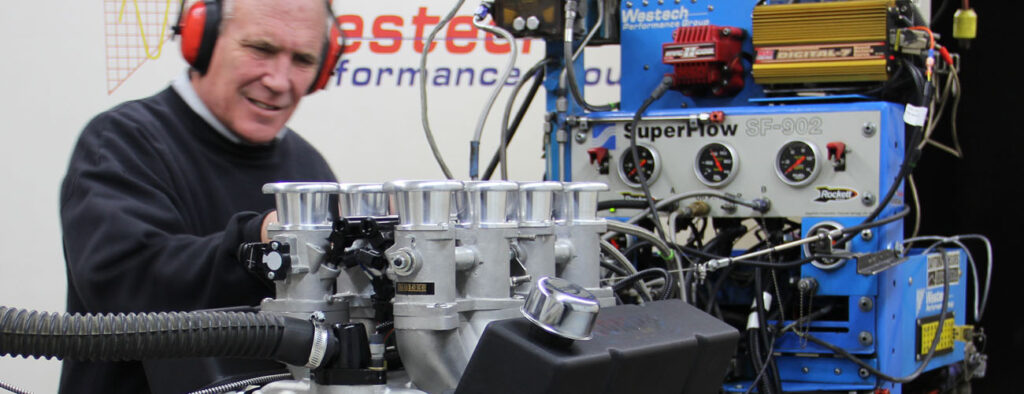How Do You Know When You Require Engine Dyno Tuning? – Here is the Nuts-and-Bolts Answer

The horsepower, torque, and air-to-fuel ratio of an engine are all measured by an engine dynamometer. Depending on the vehicle you have, your technician can set the air-fuel balance and timing to your liking. This kind of tuning can happen with different loads and conditions on the engine. It is a special tune-up that makes your ride better and makes your car run better and more efficiently.
Why Dyno Tuning Is Important
Dyno tuning helps you fine-tune your car to run better and cost you less. This procedure also helps with common problems like low gas mileage, pinging, surging, hard starting, or lack of power. If your car needs performance work, you might think about getting a dyno tune to get the best performance out of your vehicle. Many of these problems can be fixed with a dyno tune.
During a dyno tune, your vehicle’s performance is improved by using the best settings for it and its parts. A dyno tune is often done to get the most power, handle better gas mileage, and have a smoother ride. It gives your car more horsepower and returns it to its original fuel economy. It also stops or cuts down on backfire.
Dyno tuning can also keep you from paying for expensive repairs down the road. A car with a dyno-tuned engine doesn’t have to work as hard as one without one. Also, dyno tuning cuts down on the wear and tear of the car. It also makes your engine last longer.
Systematic Way to Tune an Engine
When dyno tuning a car, the first thing a technician does is talk to the car owner. The technician will ask if there are any problems to look for, like a lack of power, bad gas mileage, trouble starting, or surging.
A technician checks to see any problems with the engine compression and looks for issues that could be causing the pain, such as burned wires, a dirty carburetor, or a broken vacuum line, by looking at the engine. The technician will then figure out the proper temperature range for your car based on its use.
The distributor is the next step. It is taken out and put in a particular machine where it is put through a series of tests. This test keeps an eye on the distributor while it runs, giving us a better idea of how well it works mechanically. After figuring out if the distributor is mechanically sound, we change the centrifugal advance rate and make other changes to make the car run at its best, including getting the best gas mileage. We check the parts of the ignition and replace them as needed.
While the engine is running, your car is put on the dynamometer. Your vehicle engine is tested in different ways, such as at different speeds and with other loads, to see how well it works. During this testing each part of your carburetor is also checked. The circuits are changed to make the car as easy to drive and as efficient as possible.
After dyno tuning, customers get a detailed test sheet with the specifications for the tune-up. Trained dyno operator technicians can go over this report and explain all details.

I would like to talk to Steve Brule about bringing my 565 BBC with 2 4500 holley EFI . thank you Rene Crunell 503 680 1013 Im up here in Portland area Race at Woodburn dragstrip. thanks Talk Soon